Jaguar C-X75. (Jaguar)
The British motor industry has never lacked for innovation. The original
Mini’s space efficiency, the Jaguar E-Type’s inspired agility, the
McLaren F1’s high-speed stability – the list of superlatives is long.
But some of the greatest British cars were the ones that never reached
the production line. Herewith, a look at six of the UK’s most memorable
concept cars, design studies, and experimental prototypes.
Jaguar C-X75 (2010)
Jaguar introduced the
C-X75 to acclaim at the 2010 Paris motor show, a gift to itself on the
occasion of its 75th birthday. The show car featured a radical
hybrid-electric drive system comprised of four electric motors, one at
each wheel, powered by a pair of diesel-fuelled micro-turbines. The
following year, the company announced plans to build a scant 200
examples of the C-X75, priced between £700,000 and £900,000 apiece, plus
VAT. Still a hybrid, the production version would use a turbocharged and supercharged
1.6-litre four-cylinder engine producing 500 horsepower in place of the
turbines, and two electric motors in place of the concept's four. The
revised system’s 900hp total output promised a 3-second sprint to 60mph
and a top speed of 220mph. Those grand plans were short-lived, however;
in December 2012, citing the continuing global economic slump, Jaguar
cancelled
the car.
Aston Martin Bulldog (1979)
With a “folded
paper” shape by designer William Towns (who had previously styled the
radical Aston Martin Lagonda sedan), the Bulldog brimmed with surprises.
The car (called “K-9” inside Aston Martin, after Doctor Who’s robotic
dog) featured full digital instrumentation, a closed-circuit camera with
a dashboard display in place of a rear-view mirror, and a quintet of
hidden headlamps. A 5.3-litre twin-turbo V8 delivered something close to
700hp – sufficient to give the car a theoretical top speed of 237mph
(although 191mph was its highest verified speed). Although Aston had
initially planned to build 25 examples of its futuristic flagship, the
company produced only one before abandoning the project. The lone
Bulldog was then sold to the highest bidder, commanding a rumoured
£130,000.
Aston Martin Bulldog. (Aston Martin)
Vauxhall SRV (1970)
Little more than a design
exercise, the dramatic SRV (Styling Research Vehicle) took inspiration
from the long-tailed Le Mans prototype racers of the late 1960s.
Although the car was initially planned as a two-seater, designers Wayne
Cherry and Chris Field, intrigued by Lamborghini’s then-new Espada
four-seater, decided to change course. Just 41 inches tall (more than
6in lower than the Espada), the rakish SRV featured four doors (the
rears lacked external handles) and provided surprisingly spacious
seating for four adults. The car was intended to employ a transversely
mounted 2.3-litre four-cylinder engine, but Vauxhall had no appropriate
transmission for such a layout, and the SRV never moved under its own
power.
Vauxhall SRV. (Vauxhall)
Rover JET1 (1950)
Rover’s interest in gas
turbine engines dated to the early days of World War II, when the
company offered to help develop a jet engine for the Royal Air Force. In
the late 1940s, Rover set about applying its turbine expertise to
automobiles, In 1950, the JET1, based on Rover’s P4 75 Cyclops, arrived:
the world’s first car with an inboard turbine engine – predating the
Chrysler Turbine by a dozen years. The JET1’s turbine produced 100
horsepower at 26,000rpm, enough to propel the two-seater to a top speed
of 90mph. The smooth-running engine, although able to burn a variety of
combustible liquids, returned a fairly deplorable 6mpg. Rover produced a
series of turbine-powered cars – and, teamed with British Racing Motors
(BRM), even fielded turbine racers at Le Mans – until the company
quietly abandoned the program in 1965.
Rover Jet 1. (Photo by Ron Gerelli/Express/Getty Images)
MG EX-E (1985)
MG conceived the EX-E, which
debuted at the Frankfurt motor show in 1985, as Britain’s answer to the
Ferrari 308. Built on an adhesive-bonded modular aluminium sub-frame
with composite body panels, the compact, lightweight coupe boasted a
very low 0.24 drag coefficient. The EX-E employed a version of the
3-litre V6 engine from the MG Metro 6R4 rally car, detuned from a
race-spec 410hp to about 250hp, and matched to a five-speed manual
transmission and the 6R4’s four-wheel drive system. MG estimated the
coupe could run from zero to 60mph in less than 5 seconds, and press on
to a top speed of 170mph. A brochure for the EX-E carried the line, “The
concept car that’s too exciting to keep secret.” Too good to be true was more like it; MG’s Ferrari-killer never turned a wheel.
MG EX-E. (Austin Rover)
Doctor Who Whomobile (1973)
The pet project of
Third Doctor Jon Pertwee, the Whomobile was much more than an outsized
prop for a TV time-traveller. Pertwee built the car with his own money,
working with British customiser Peter Farries. Although its eight-inch
rubber skirt made it look like a hovercraft, the ground-hugging
Whomobile was in fact a three-wheeler, similar to the diminutive Bond
875 (1965-70), with a modified 875cc four-cylinder engine from a Hillman
Imp providing the motivation (sorry, those jet nozzles were just for
looks). And the car was street-legal, albeit barely; the bubble top worn
in its Doctor Who appearances (Pertwee coaxed his producers to write
the Whomobile into the series’ 10th season) had to be replaced with a
more traditional windscreen – from a motorboat, in fact – to make the
car drivable on public roads. Pertwee claimed to have taken his winged
wonder to “well over” 100mph. He made a memorable appearance with the
car in October 1973 on the BBC children's television show Blue Peter.
Watch the segment here  .
.
 .
.Did we miss your favourite one-off wonder? Let us know! If you would like to comment on this story or anything else you have seen on Oluinfotech , head over to our Facebook page or message us on Twitter.



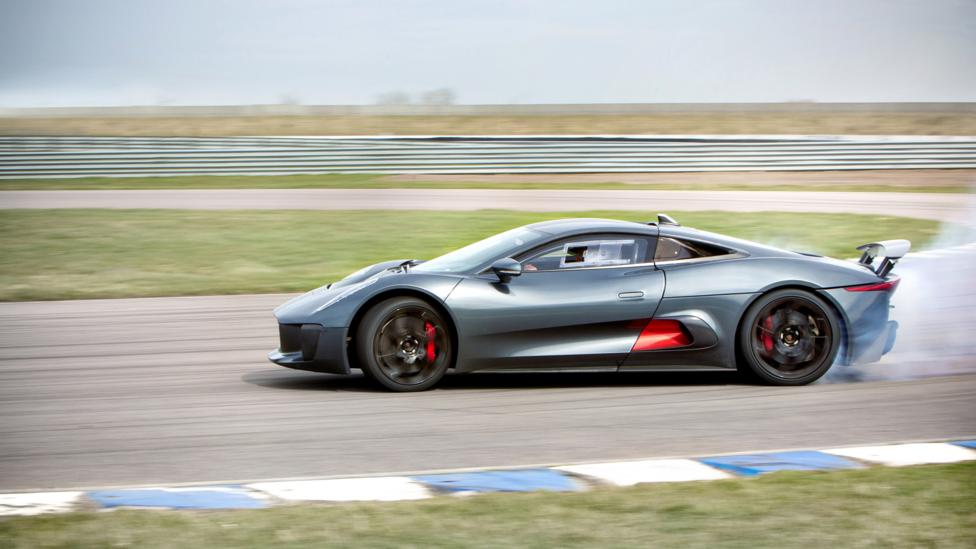
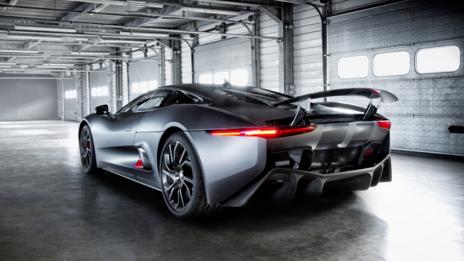

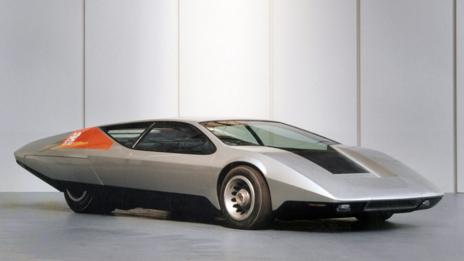
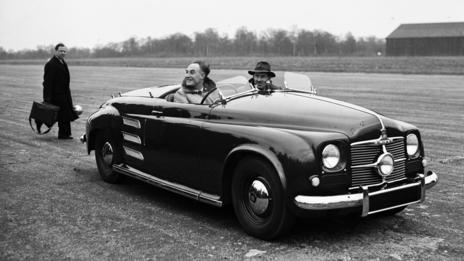
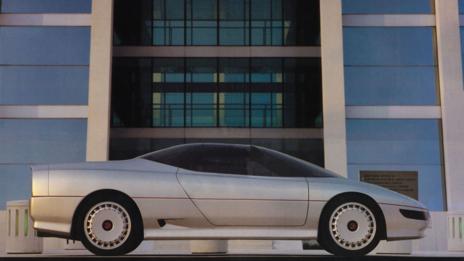


0 comments:
Post a Comment
Add Your Comment Below